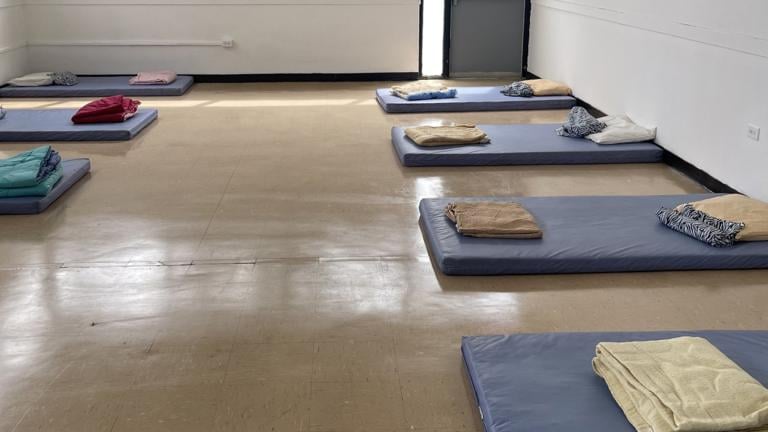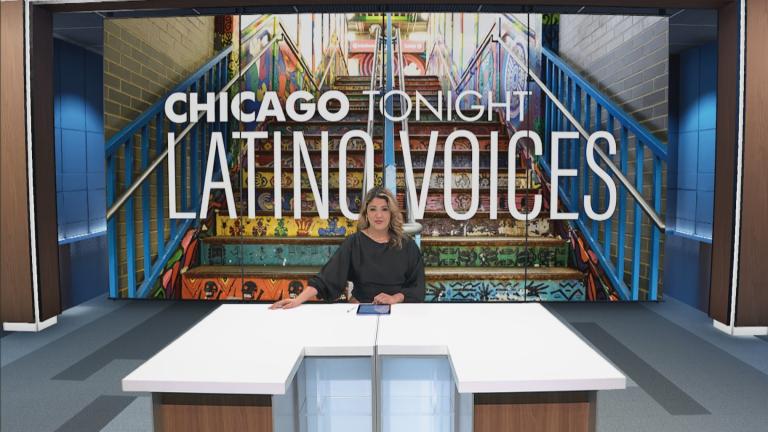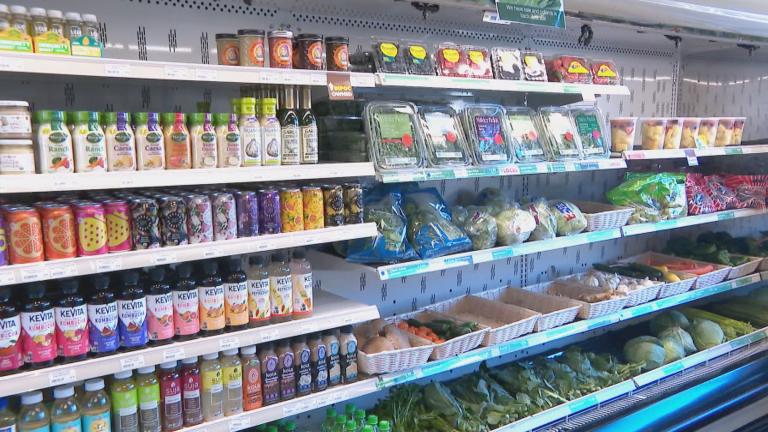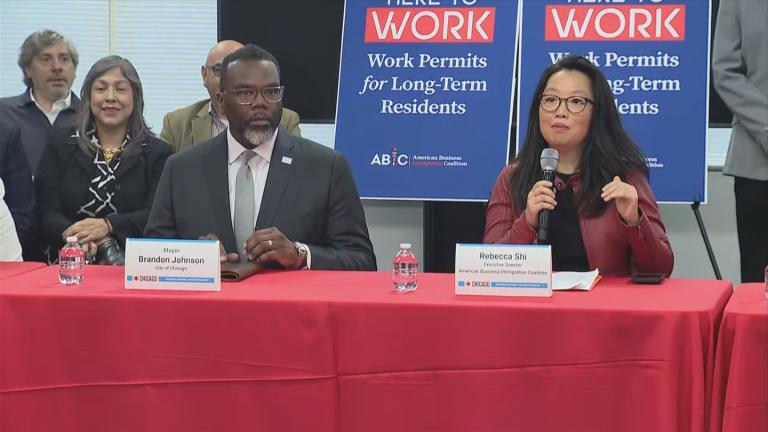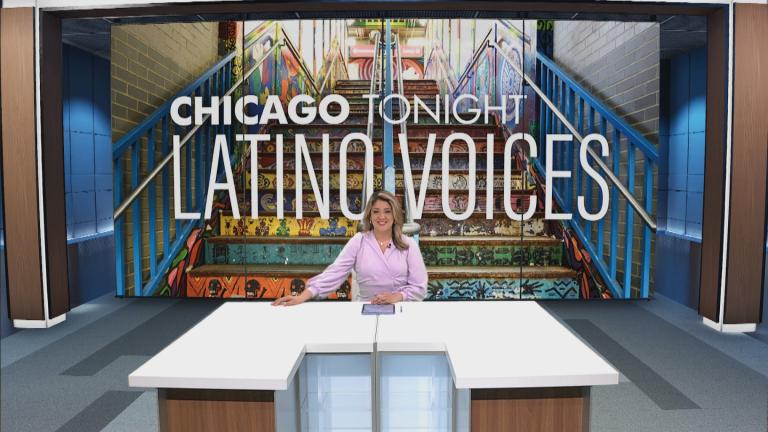Hurricane Fiona swept through Puerto Rico last weekend leaving millions without power. Now, residents are left to recover and rebuild once again.
Here in Chicago, local organizations and officials are coming together to support people on the island.
The Humboldt Park community is home to a large population of Puerto Ricans and many residents say they have relatives or know people on the island.
Michael Serrano’s mother lives in Utuado, a mountainous town in the central area of the island. His mother is still without power and is using candles for light.
“When I saw the video I was like, wow. Five years later. I was there in Puerto when Hugo hit in ‘93. It was bad for us,” Serrano said. “The wind took everything.”
Similar stories echo throughout the neighborhood. Many are expressing frustration about the ongoing issues around the island’s fragile power grid.
Titi Velez, a barber in Humboldt Park, says the situation in Puerto Rico makes him nervous to return.
“It worries me because when I think of going back and I see everything and I’m like no, because they’re robbing the village money,” Velez said in Spanish. “It’s sad to see people suffer who don’t have fault but the people on top enjoying everything while the poor just suffering.”
Hurricane Fiona sparked an island-wide blackout when it hit Puerto Rico, leaving millions without power and running water.
In 2020, a private Canadian-American group was contracted to rebuild Puerto Rico’s power grid but the utility takeover has come with controversy as people continued to deal with summer blackouts.
Jessie Fuentes is an activist and co-chairs the Puerto Rican Agenda in Chicago and recently held a news conference to demand a federal investigation of LUMA, the power company.
“LUMA was given hundreds of millions of dollars to build a power grid that could not sustain itself in a Category 1 storm. We have to begin to ask the very difficult question where the money went,” Fuentes said. “What real infrastructure did it build? We have to address the fact that energy bills have almost quadrupled in the last year. What are Puerto Ricans paying for if they’re not going to have energy and light?”
When Hurricane Maria hit in September 2017, the organization led local relief efforts for the island and they say they are once again mobilizing and relaunching the 3R Campaign.
Fuentes says the operation is targeted at collecting funds while also raising questions about the colonial relationship Puerto Rico has with the United States as it remains a U.S territory.
“We are well into our 3Rs campaigns people have been donating within the last 48 hours. As soon as we get money in it as quickly as we can get money out and we send it over there,” Fuentes said. “The most important thing is this: we are not sending any money to the central government a Puerto Rico, we are sending money to local organizations families and local efforts who truly understand where that money should go and where do they begin building infrastructure.”
According to the Power Outage US website, there are still more than 800,000 people without power on the island as of Friday afternoon.
President Joe Biden announced Thursday that the federal government will pay 100% of the costs of Puerto Rico’s recovery from Hurricane Fiona for 30 days.

